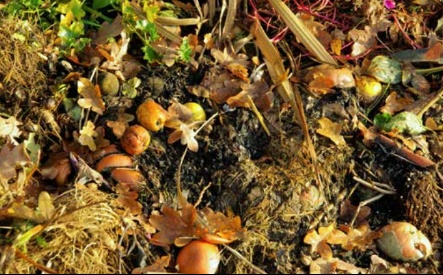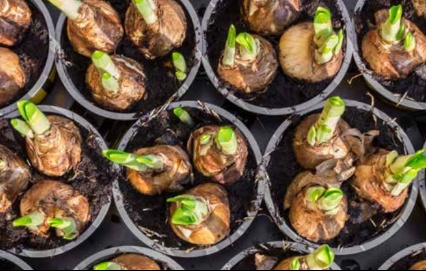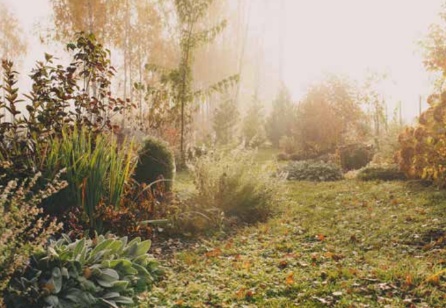The Valley Gardener: Digging Deep into Autumn
By Marielle Martin
As fall folds toward winter it’s time to get into the garden and prepare for new weather. We’re lucky here in the Santa Cruz Mountains, blessed with a mild autumn favorable to working outside. Aside from our evergreens, colder temps lay much in the garden bare, exposing the bones or architecture of our outdoor spaces. Those bones are the permanent elements such as trees, bushes, fencing, trellises, pathways, and statues. It is the space defined after the bloom of spring and summer has been subdued.
Addressing this fall space in practice and planning will help to set the stage for a bountiful spring.
The November to-do list
- Harvest any remaining fall vegetables. Remove dried fruit from fruit trees.
- Sow wildflower seeds.
- Get some garlic in the ground.
- Still possible to sow leafy greens, peas, radishes, shallots, and turnips. Plant your beets, carrots, and onions.
- To establish cool-season annuals, plant before month’s end. Try six-pack pansies, violas, snapdragons.
- Grow microgreens in early November. Plant now and the shoots will be ready in one to two weeks.
- Rake leaves to create mulch or compost.
- Add organic matter–decaying plant material, manure, compost–to nourish the soil around plant beds.
- Cover the compost pile with fresh plant matter and a covering so that nutrients won’t leach out with the coming rain.

Fall planting for spring blooms
Allium, daffodils, hyacinths, and tulips will bloom in spring after a fall planting. Plant in loose soil, cover with mulch and keep watered. If planting in pots, start in the shade, then move to the sun when leaves appear. Blooms should show in early spring.

Garden journaling
This is the best time of year to start a garden journal. Sketch out the structure of your garden and individual plants and trees. Note frost dates, pest issues, your record of fall planting. Keep track of successes and failures. Write about gratitude and your garden’s bounty. Write weekly or, better yet, when you’ve returned inside from working the soil. Note wildlife sightings–wintering monarch butterflies, birds, salamanders, moths.
Journaling tools include bound notebooks, fine-tipped sharpie and micron pens in black, a set of colored pens, a ruler and circle tool, adhesive tape to add printed photos. For some great ideas for a print garden journal, visit cottageatthecrossroads.com/how-to-set-up-a-garden-journal.
Marielle Martin is a Felton resident, writer, and gardener. Share photos of your garden and stories about your Santa Cruz Mountains gardening experiences at mariellemartin@live.com
The San Lorenzo Valley Post is your essential guide to life in the Santa Cruz Mountains. We're dedicated to delivering the latest news, events, and stories that matter to our community. From local government to schools, from environmental issues to the arts, we're committed to providing comprehensive and unbiased coverage. We believe in the power of community journalism and strive to be a platform for diverse voices.





